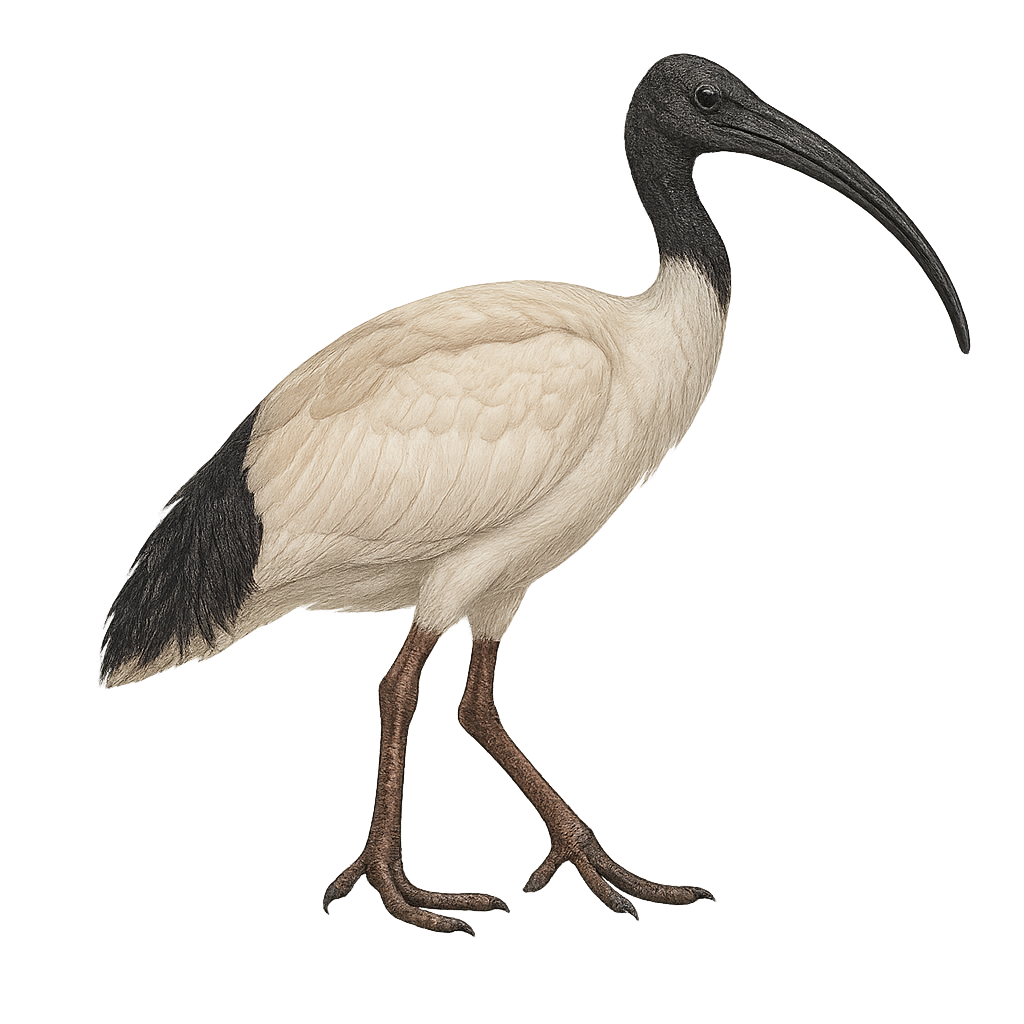Your wildlife photography guide.
Explore the australian white ibis in detail, study its behavior, prepare your shots.
Where to observe and photograph the australian white ibis in the wild
Learn where and when to spot the australian white ibis in the wild, how to identify the species based on distinctive features, and what natural environments it inhabits. The WildlifePhotographer app offers tailored photography tips that reflect the australian white ibis’s behavior, helping you capture better wildlife images. Explore the full species profile for key information including description, habitat, active periods, and approach techniques.
Australian White Ibis
Scientific name: Threskiornis molucca

IUCN Status: Least Concern
Family: THRESKIORNITHIDAE
Group: Birds
Sensitivity to human approach: Suspicious
Minimum approach distance: 10 m
Courtship display: October to November
Incubation: 26-28 jours
Hatchings: October to December
Habitat:
Wetlands, marshes, estuaries, urban environments
Activity period :
Primarily active during the day, with peak activity in the morning and late afternoon.
Identification and description:
The Australian White Ibis, or Threskiornis molucca, is a medium-sized bird easily recognizable by its white plumage contrasting with its black neck and head. Its long, curved beak is perfectly adapted for probing the ground in search of food. This bird is often seen in wetlands, marshes, and estuaries, but it has also adapted well to urban environments. Known for its gregarious behavior, it forms large colonies during the breeding season. Although its appearance may seem austere, the Australian White Ibis plays a crucial role in the ecosystem by controlling insect populations and cleaning up organic waste. Its ability to adapt to various habitats makes it a resilient species, although its interaction with humans can sometimes be a source of conflict.
Recommended lens:
400mm – adjust based on distance, desired framing (portrait or habitat), and approach conditions.
Photography tips:
To photograph the Australian White Ibis, it is advisable to use a telephoto lens of at least 400mm to capture precise details without disturbing the bird. The best opportunities often arise early in the morning or late in the afternoon when the light is soft and the bird is active. Look for wetlands or urban parks where these ibises are known to gather. Be patient and discreet, as although the bird is relatively tolerant, it may fly away if you approach too abruptly.
The WildlifePhotographer App is coming soon!
Be the first to explore the best nature spots, track rutting seasons, log your observations, and observe more wildlife.
Already 1 431 wildlife lovers subscribed worldwide

